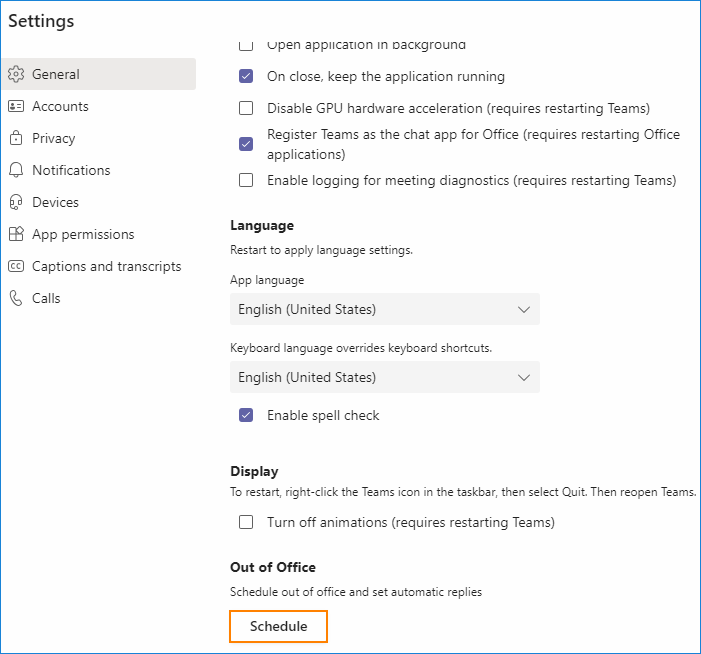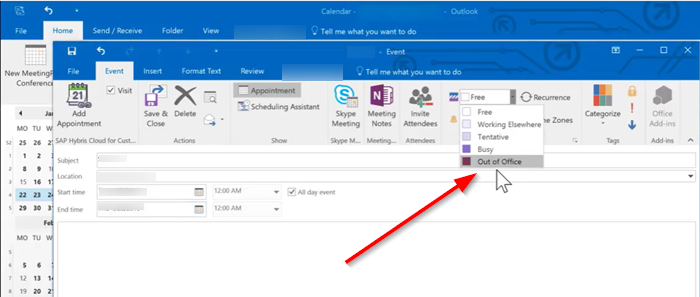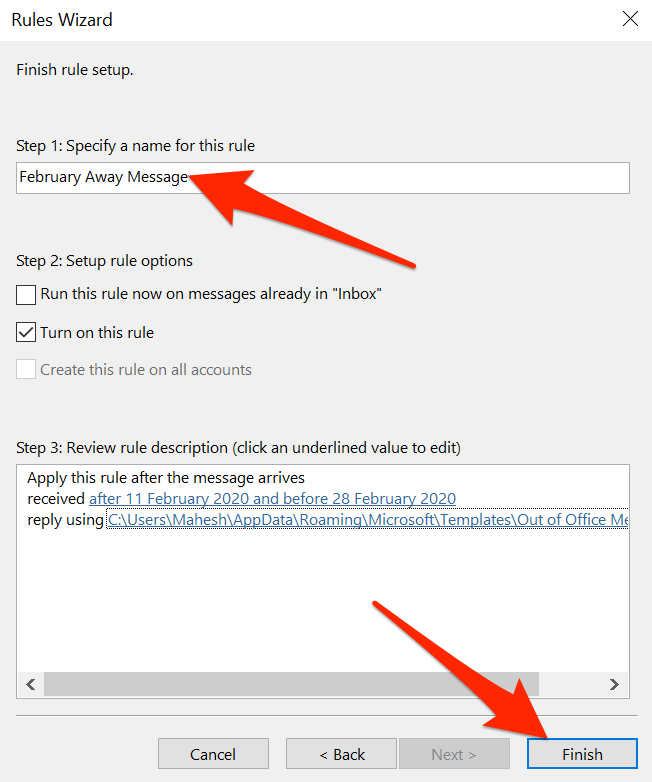

Note: If you don't see the " Automatic Replies" option (formally Out of Office Assistant), make sure your Exchange Server account is chosen at the top of the page under " Account Information".

In Outlook 2003, you can find it under Tools > E-mail Accounts. In Outlook 2007, you can open it by going to Tools > Accounts Settings > E-mail. command from the drop-down list as shown in the screenshot below (if you do not have an Exchange based email account, this will actually be the only choice available to you).Ĭlicking the Account Settings. In Outlook 2010 and Outlook 2013, switch to the File tab > Info > Account Settings > Account Settings.Ī double " Account Settings" above is not a misprint :-) First you click the square button and then choose the Account Settings. If you need more detailed information about your accounts (in particular, you may want to check which is the default account), look under the Account Settings. Now you can see which account is Microsoft Exchange based and which is POP/IMAP. If you have several accounts, click the tiny black error on the right side to open the drop-down list with all your accounts. The easiest way is check the type of your email account is to go to the File tab > Info and look under the Account Information. Once you have decided that auto response should be on your pre-vacation preparation checklist, the first thing for you to do is find out which email account you have - Exchange server or Outlook POP/IMAP.
How to set out of office in microsoft outlook how to#
How to determine the type of your email account(s)

However, an automatic vacation response is not a solely business feature. If you are leaving your office for a while, it is definitely a good idea to set up an out-of-office Outlook auto reply to let your clients and partners know when you are coming back or how they can reach you during your holiday. If you are not sure which email account type you use, you will learn how to quickly find this out. This article will show you how to set up auto reply in Outlook 2019, 2016, 2013 and Outlook 2010 with an Exchange server (Microsoft Exchange 2019 - 2010 accounts).


 0 kommentar(er)
0 kommentar(er)
